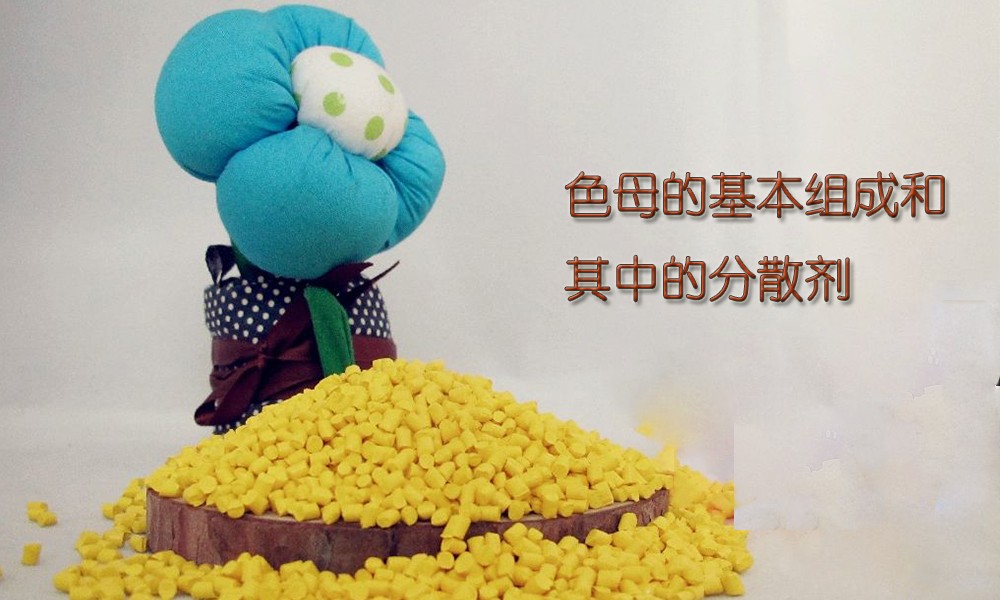
Color masterbatch is also known as color species. Color masterbatch is a new type of polymer Material-specific colorants, also called pigment preparations. It is composed of three basic elements: pigment, carrier and additive. It is a focus obtained by evenly attaching a super-normal amount of pigment or dye to a resin. It can be called a pigment concentrate, so its tinting power is higher than that of pigments. itself. To put it simply, the color masterbatch is a kind of focusing agent made by evenly attaching a super-normal amount of pigments or dyes to a resin.
1. The basic composition of masterbatch:
1. Pigments or dyes
Pigments are divided into organic pigments and inorganic pigments. Commonly used organic pigments include: phthalocyanine red, phthalocyanine blue, phthalocyanine green, light-fast red, macromolecular red, macromolecular yellow, permanent yellow, permanent purple, azo red, etc. Commonly used inorganic pigments include: cadmium red, ultramarine blue, titanium dioxide, carbon black, iron oxide red, chrome yellow, etc.
2. Carrier
It is the matrix of the masterbatch. Special color masterbatch generally chooses the same resin as the product resin as the carrier. The compatibility between the two is the best, but the fluidity of the carrier must also be considered.
3. Dispersant
Promotes the pigments to disperse evenly and no longer agglomerate. The melting point of the dispersant should be lower than that of the resin, and should have good compatibility with the resin and good interaction with the pigment. affinity. The most commonly used dispersants are: polyethylene low molecular weight wax, stearate, such as zinc stearate, which mainly plays a lubrication and diffusion role in the production of color masterbatch.
4. Additives
Such as flame retardant, brightening, antibacterial, antistatic, antioxidant and other varieties. Unless the customer requests it, the above additives are generally not included in the masterbatch. .
2. The following is an introduction to the dispersants in color masterbatch:
Dispersants are used for Pigment dispersion aid. Usually surfactants.
Dispersants usually contain anchoring groups and solvation chains. The anchoring group interacts with the pigment and is adsorbed on the surface of the pigment. The solvation chain provides stability to the pigment. Usually the stabilizing effect of the solvation chain is to generate charge repulsion or steric hindrance, thereby preventing harmful flocculation of the pigment and keeping the dispersion system in a stable state.
Commonly used pigment dispersants can be divided into ionic and non-ionic. Ionic types can be divided into cationic, anionic and amphoteric.
Commonly used pigment dispersants in coatings include synthetic polymers, polyvalent carboxylic acids, coupling agents, etc.
Using pigment dispersants in coatings can increase the gloss of the coating, improve leveling, improve the coloring and hiding power of the coating, prevent color floating and settling, and improve production efficiency and storage stability of the coating. . Pigment dispersants are also widely used in printing and dyeing in the textile industry.

 微信扫一扫打赏
微信扫一扫打赏

